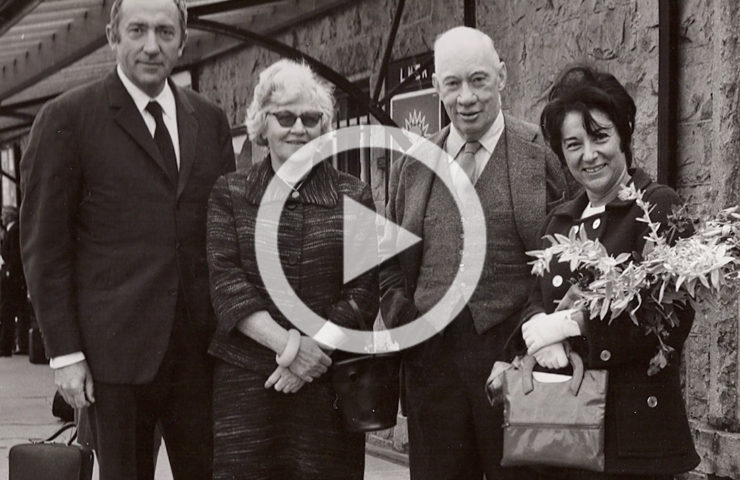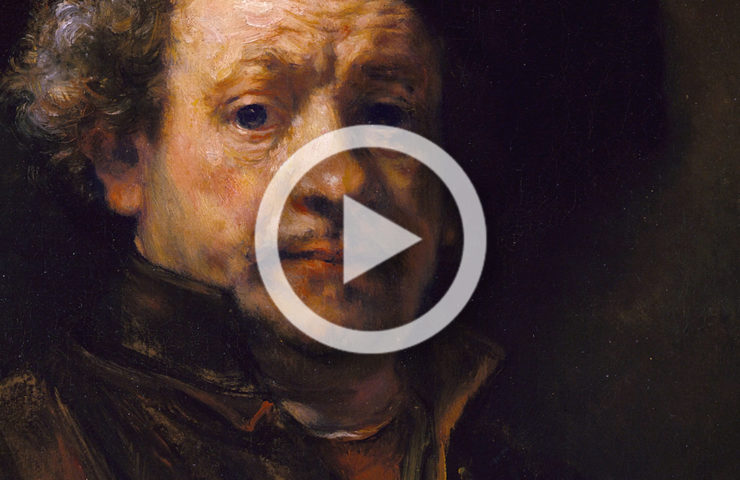Film 影像 | Pierre Soulages and Zao Wou-Ki
Emilio Steinberger: Pierre and Zao Wou-Ki were very close friends. When Zao Wou-Ki’s gallery in Paris closed he needed a gallery and Pierre introduced him to Sam Kootz. Zao Wou-Ki became represented in New York because of Pierre. They went to the United States together and they traveled all over the United States and in Asia. They were very involved with each other and they stayed friends for the rest of their lives, very much in contact until Zao passed away. We always think of New York as THE place for postwar art, but in Paris you had the galleries of course showing not only French artists, but you had Joan Mitchell, Sam Francis, you had Zao Wou-Ki, you had many other artists converging onto Paris and Pierre was center of that group. He was never part of an artist group because he was always a singular person, but he was very much in conversation with painters, writers, poets. Soulages, for him, there are three elements in the painting, there is the black – the mark making, the contrast of the light and the viewer. Without a viewer, there is no painting, almost like Zao, you need the viewer to go through the painting for the painting to be completed.
Brett Gorvy: As a viewer, what makes this painting so satisfying – you have so much turbulence you have so much of these breaking through of light and the expression of darkness and the sense of how he’s worked the light the light is not just a plain of one singular of light. I think of calligraphy, and being exposed, specifically in Asia, the notion of black and white as being a part of calligraphic language and that notion of a single breath brush mark.








